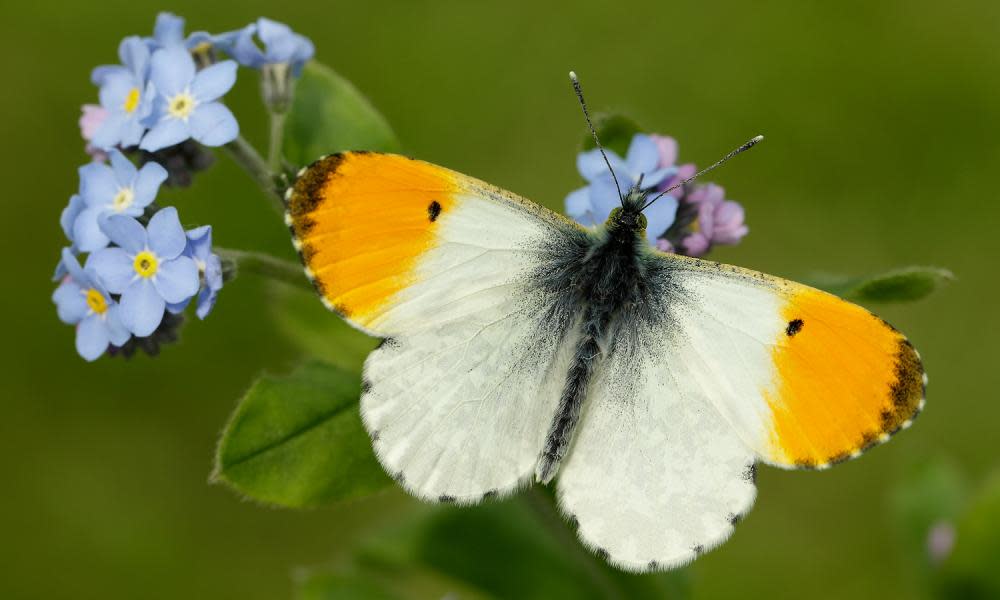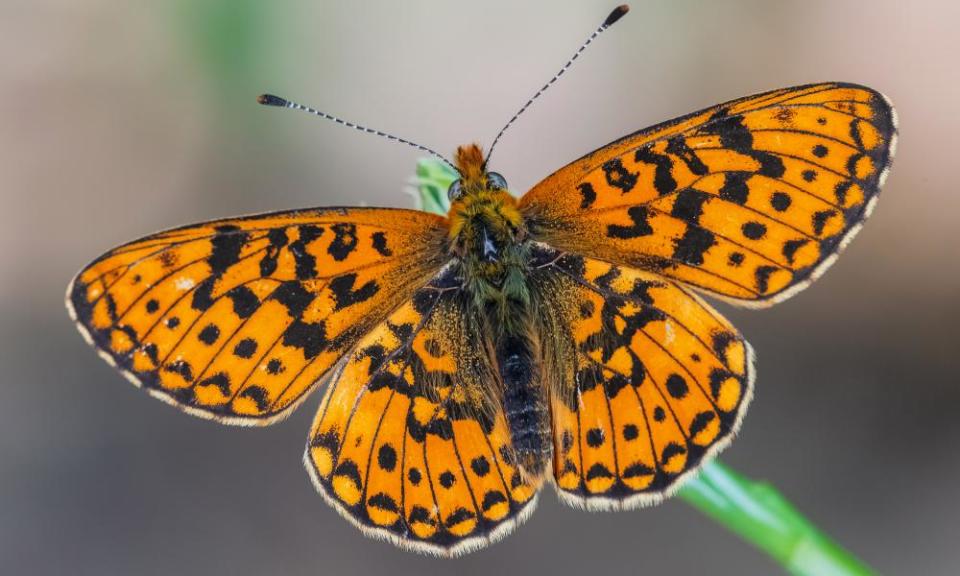Scotland’s butterflies flourishing in hotter summers

Sun-loving butterflies are flourishing in Scotland’s hotter summers with significant increases across a number of species including red admiral, orange-tip and ringlet, according to a report.
However, the report’s authors say this trend is likely to be short-lived without measures to reduce the effects of the climate crisis.
The Scottish Biodiversity Indicator, published by NatureScot on Friday, examines the long-term trend for butterflies since 1979. The report finds that, from 1979 to 2021, there has been a 43% increase across all species.
Of the 20 species analysed, nine have increased significantly: these include speckled wood, small heath and pearl-bordered fritillary butterflies. Grayling and small tortoiseshell butterflies have experienced significant declines, and the rest showed no marked change.
While variations in population are also affected by habitat changes, pesticides and pollution, the changing climate and weather are the most likely drivers of change.

The report also highlights how some butterfly populations in the UK are continuing to shift northwards as a response to the climate crisis. Over the past 20 years, species traditionally found in the UK’s warmer southerly climes, such as orange-tip and peacock butterflies, have become more numerous in Scotland.
But despite this short-term increase, the report also highlights how sensitive butterflies are to environmental change. More frequent droughts and wildfires, for example, would kill adult butterflies as well as the plants their caterpillars feed on.
Simon Foster, a trends and indicators analyst at NatureScot, said: “We need to be working now to help butterfly populations deal with the increasing influences of climate change. Fortunately, there are easy things we can all do to help butterflies.
“It’s wonderful to see many local authorities and individuals using wildflower seed mixes, which will make a big difference in local areas. We’re also working with partners across Scotland on projects to help our butterflies and other pollinators thrive, from creating and managing habitat to promoting wildlife-friendly gardening and best practice guidance for developers.”

 Yahoo Movies
Yahoo Movies 
